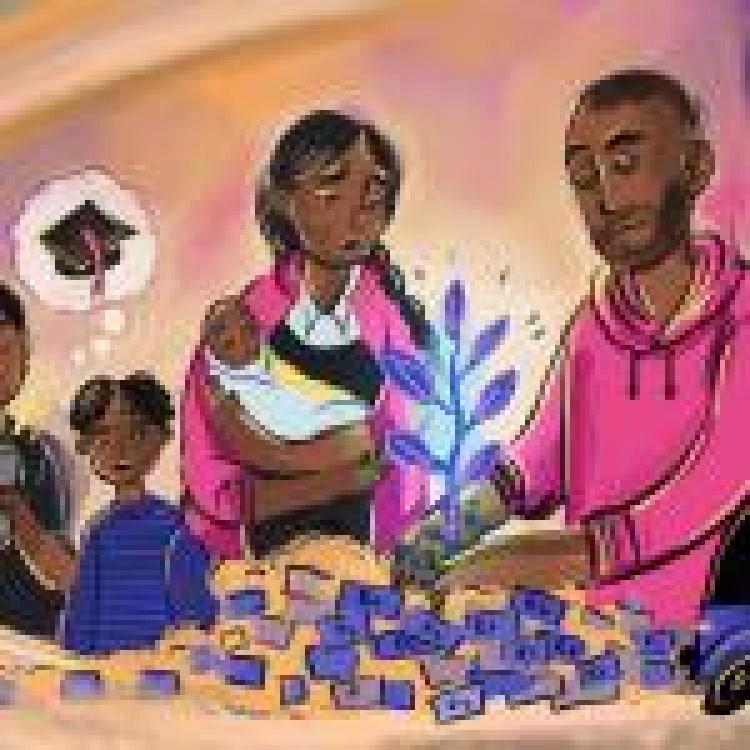.jpeg)
Women from all 8 districts of the North-East staged a protest today in Mannar demanding that Sri Lankan government to bring down the price of rice to below Rs.100 as families grapple with effects of the economic crisis.
“Our staple is rice and the price of rice has increased over the last few months. This means that daily wage earners and families with more than three members can only afford one or two meals a day,” they said. “Many families drink porridge without rice. The increasing price of rice has pushed women-headed households into starvation.”
The protesters added that the increase in prices of other foods have not only led to families skipping meals but the nutritional deficiencies among women and children in both poor and middle-income families have increased.
The women chanting slogans said that the North-East which had been under decades of occupation by the Sri Lankan military had stripped the districts of economic opportunities, adding that the situation was further compounded by the COVID-19 pandemic and the economic crisis. They said that this has had a huge impact on the standard of living in the homeland.
“We insist the government of Sri Lanka take into consideration the plight of the people and bring down the price of rice below Rs.100. We call on the government to alleviate poverty and enable people to at least have three meals and not go hungry.”
The United Nations Development Programme released its Multidimensional Vulnerability Index (MVI) in Sri Lanka which shows a large percentage of individuals in North-East live below the poverty line and have several vulnerabilities, with some of the districts being the worst affected on the whole island.
While, the Northern and Eastern Provinces had the highest incidence of multidimensional vulnerability by province, Mullaitivu was the worst affected. According to the report, “in the districts of Mullaitivu and Kilinochchi, the predominant concern is not household debt, but rather the availability of a reliable water source”.

.JPG)
.JPG)
.JPG)
.JPG)

